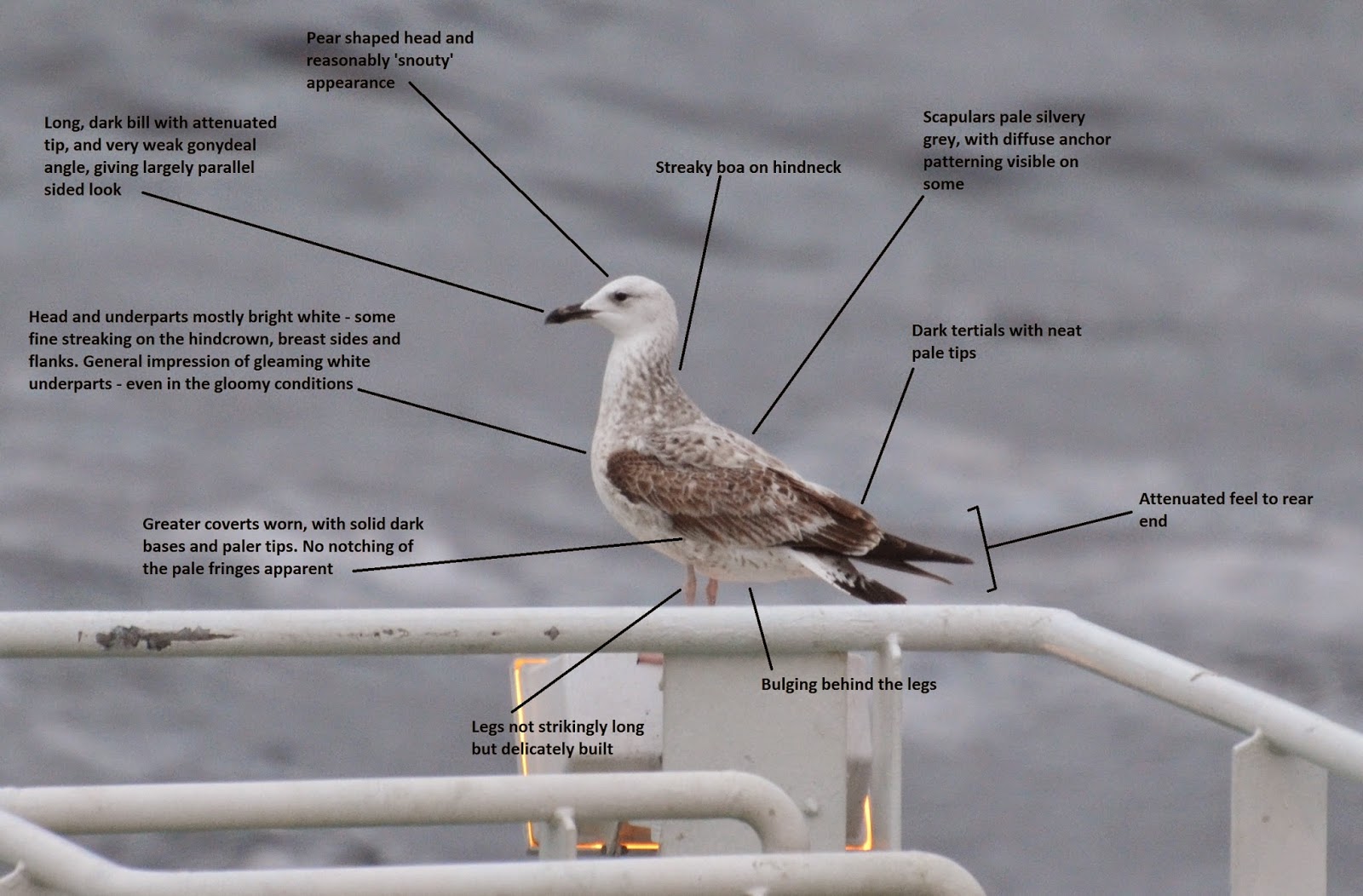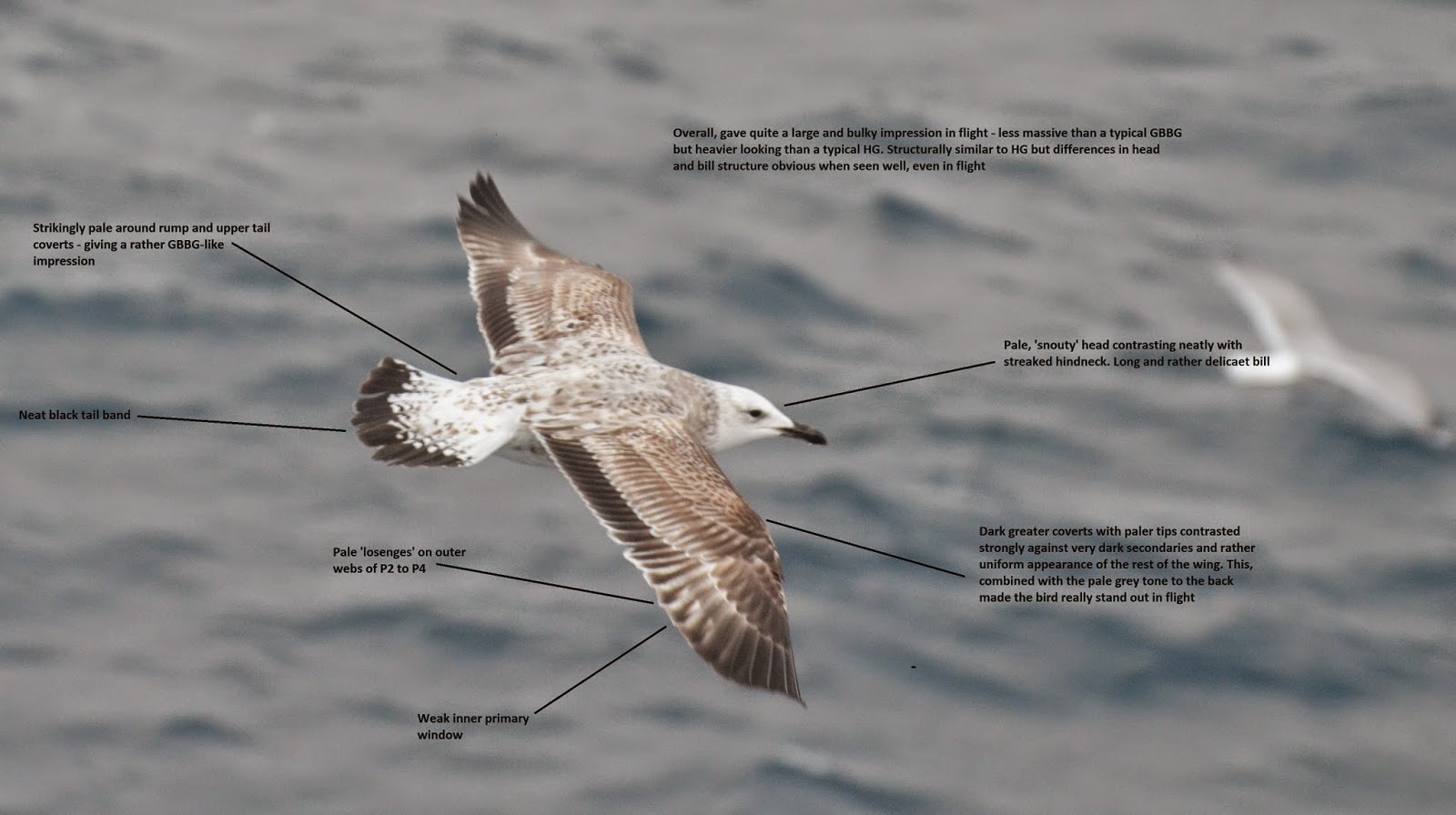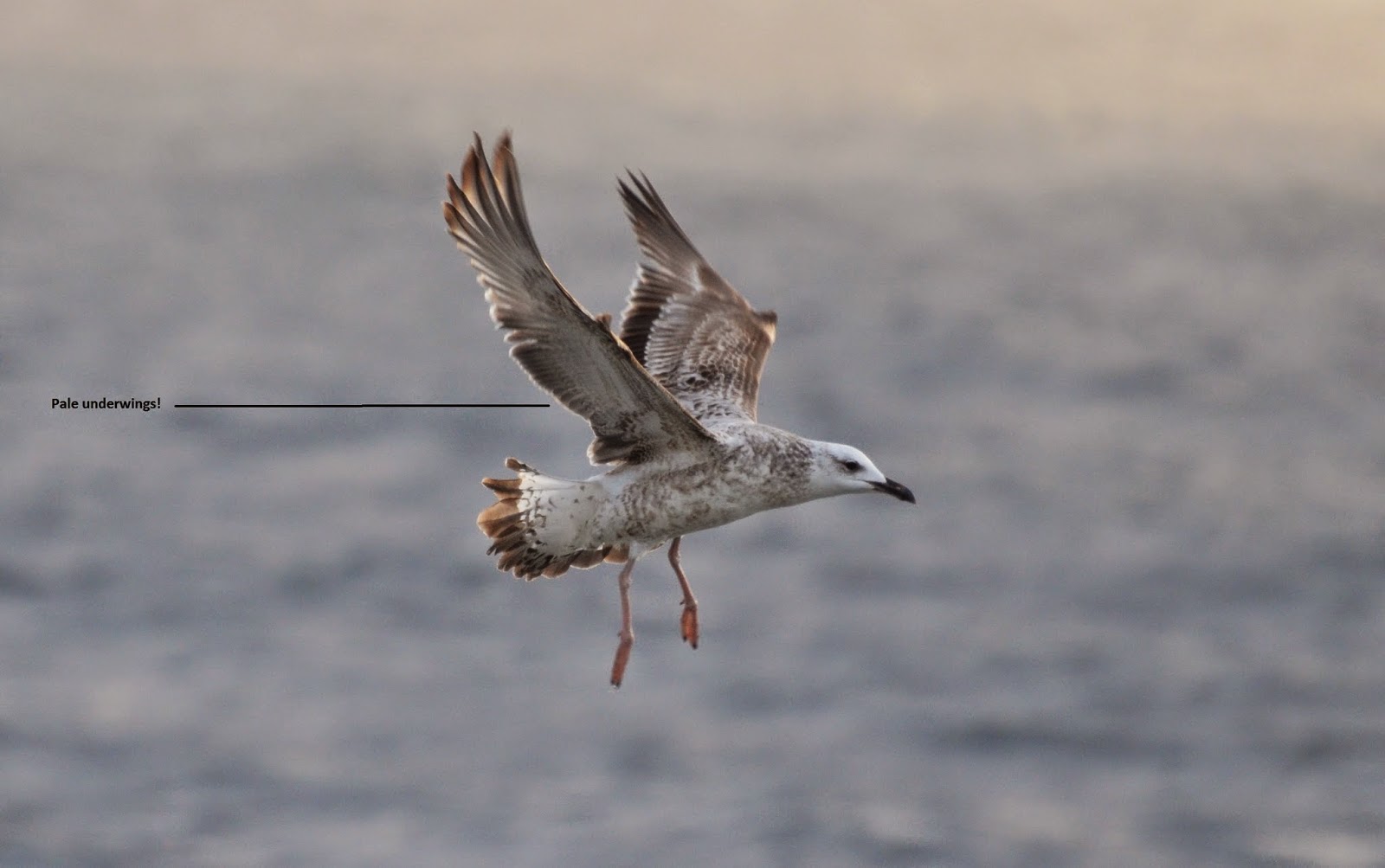I've been interested in Scandinavian (
littoralis) rock pipits ever since I knowingly saw my first one - a strikingly blue and pink bird feeding on the golfcourse at Girdleness, early one spring, probably in the early 2000's. Ever since seeing this bird I've paid much greater attention to the resident rock pipits, especially at this time of year, in an attempt to see another beauty like the first, and also with the intention of picking out some of the more subtle birds that might pass through.
I've failed miserably. I've come nowhere near anything like the first, and I've only ever had a few 'might have beens' in terms of the more subtle ones. This makes me think that they are actually rather uncommon in North East Scotland - a thought that is backed up by the text in Birds of Scotland, which states that they are regular in the south eastern counties but nowhere else, and also the North East Scotland bird reports.
Between 1974 and 2008 there are only 19 records of rock pipit that are assigned to
littoralis - although every mention of this subspecies is caveatted along the lines of '
scarce, but hugely under-recorded'. Undoubtedly this is so - but I suspect that they are also pretty scarce as well. I reckon the boring looking ones must slip through the net very easily - but the more contrasting grey and pink birds are strikingly colourful, pale, and notably grey backed, even in flight. Surely people are noticing them, when they turn up?
All this makes the occurrence of a very obvious bird on March 22nd, and another bird joining it on 23rd more interesting to me, and a great opportunity to catch up with, and familiarise myself with this form.
Bird 1
Bird 1 is pretty streaky, with course flank markings and streaks right across the breast that merge into a smudge in the centre of the chest. The ground colour of the underparts is also much darker and warmer than the second bird. The grey on the upperparts appears to be restricted to the crown and on some coverts, but is quite obvious, as is the strong super, white median covert bar, and pinkish throat.
Bird 2
Bird 2 is a belter - almost slate grey upperparts with nice white wing bars and a decent whitish super. The flank streaks are neat and narrow, and set on a pale, cold ground colour. The throat is less intense pink than bird 1, but is a stunning pastel shade and almost streak free. It also seems to have much paler legs than the first bird but that may well be a function of the conditions the pictures were taken under.





















































